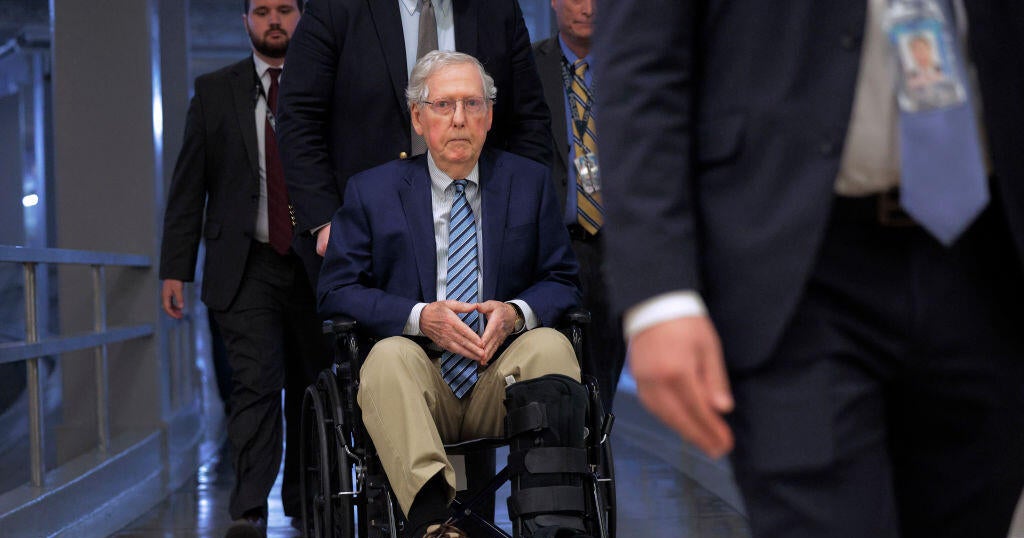Limits on gun research hamper efforts to combat gun deaths
ATLANTA -- It's the kind of information you might expect from long-range government research: On average, one American child or teenager is killed or injured every day in an accidental shooting. The most common victims are ages 3 or 16. And the shootings happen most frequently in their own homes.
Yet for the most part, such government research doesn't exist.
Instead, those details were amassed by a team of reporters from The Associated Press and the USA TODAY Network. The news organizations teamed up to analyze information gathered over the past 2 1/2 years by the Gun Violence Archive, a nonprofit that is trying to capture details about every shooting in America.
"There's still a lot that we don't know," said Daniel Webster, the director of the Johns Hopkins Center for Gun Policy and Research.
Among the questions he and others said could be addressed through government research: Can handguns be made safer or even made child-proof? What are the most effective ways to keep guns out of their hands? What are the most reliable ways to safely store firearms?
While unintentional shootings account for only a fraction of firearms deaths in the U.S., gun safety advocates have long argued that they are largely preventable and call out for the kind of public health intervention the government provides for other consumer products.
"The question I'm left with as a researcher and as a clinical physician - I'm an ER doc - how many thousands of people are dead today who would be alive if we had continued the research, answered tough questions and implemented policies based on those answers when those questions remain unanswered today?" said Garen Wintemute, director of the Violence Prevention Research Program at the University of California, Davis.
The dearth of research and guidelines for gun owners is rooted in a political fight that erupted two decades ago that clamped down on comprehensive research. Even appeals by President Obama to conduct such research have failed to lead to action on that front.
In 1993, a study by the U.S. Centers for Disease Control and Prevention set off a firestorm. Critics called it a study based on flawed data that was more advocacy than science. Its underlying conclusion: Having a gun in the household made someone more likely to be a victim of homicide or suicide.
It wasn't long before Congress, swayed by lobbying by the National Rifle Association, enacted the so-called Dickey Amendment, named after former Congressman Jay Dickey of Arkansas. The law eliminated $2.6 million from the CDC's budget, the same amount the agency had used for firearms research. It also prohibited the CDC from engaging in advocacy on issues related to guns.
The NRA maintains that it doesn't oppose gun research but that its opposition is directed more at research that is biased, flimsy or aimed at advocacy.
"The National Rifle Association is not opposed to research that would encourage the safe and responsible use of firearms and reduce the number of firearm-related deaths. Safety has been at the core of the NRA mission since its inception," NRA spokeswoman Catherine Mortensen said. "However, firearm safety is not the goal of the advocates seeking CDC funding - gun control is."
Still, the Dickey amendment and the ensuing politics around it have led to a relative lack of comprehensive, national-level research on gun issues in the ensuing two decades.
Instead, most studies have been confined to using data collected at the state or local level, funded by private foundations or state governments but very little that is funded by the federal government. The data itself is limited - and thus its conclusions are limited.
California has funded a number of studies aimed at assessing the impact of several factors on gun violence. Those include whether a history of multiple drunken driving convictions is a predictor of violence among people who purchase firearms legally and whether comprehensive background checks are effective. Some cities, including Seattle, have provided money for limited research into gun-related violence.
One privately funded study examines the underground gun market in Chicago, and similar studies are underway in Boston, Baltimore, Los Angeles and New York. The only federal research into that issue is a study funded by the federal National Institute for Justice that focuses solely on New Orleans.
Researchers lament the limited data available and believe it has made it next-to-impossible for policymakers to craft legislation based on fact or with much certainty as to whether it will have the intended impact. They cannot predict the effect of a ban on AR-style firearms, or restrictions on ammunition, or the effectiveness of biometric "locks" on firearms.
Mark Rosenberg, who led the CDC's gun violence research as director of its National Center for Injury Prevention and Control, said several fundamental questions would benefit from in-depth federal research: What leads to gun violence? What are the most effective ways to reduce it? What is the best way to craft legislation to make it happen? And perhaps most importantly, how might this work without infringing on Americans' Second Amendment rights?
"What people have grown up with and what they're used to is gun violence prevention being a political issue, and most people think of it in terms of either you take the guns away from people or you let them keep their guns," Rosenberg said. "And what science can do is find a way to let people keep their guns, to protect the rights of law abiding gun owners and reduce gun violence both."




